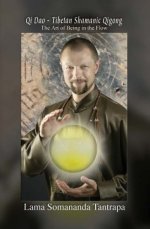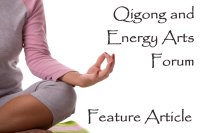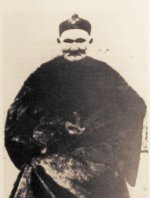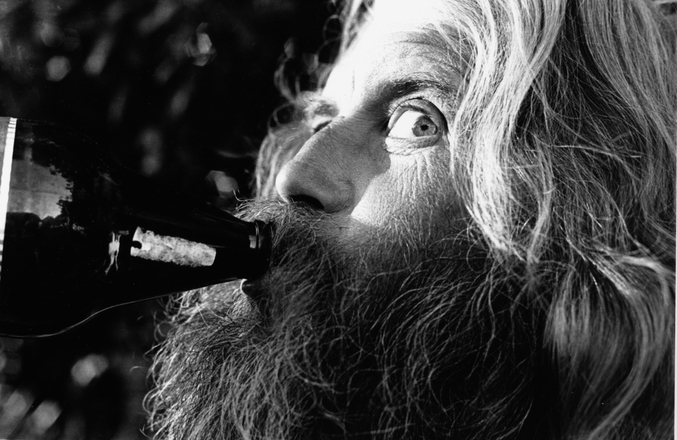by Rick Bauer
Over the last twenty years, a considerable amount of interest has been generated concerning the use of acupoints and pressure points in the martial arts. These include material on medical uses of acupoints (also referred to in certain Western publications as “pressure points” or “vital points”), as well as their use in fighting techniques. The commercially available products include seminars, books, videotape and magazine articles; much of it coming from Europe, Asia, North America and Australia.
Documentation suggests the martial uses of acupoints were first discovered about fourteen hundred years ago in feudal China… These techniques have been incorporated into several Asian martial arts systems.
The term “acupoint” refers to specific spots along the body, all of which are highly reactive to stimuli. These are the same points used by acupuncturists for treating ailments and promoting health. In all, there are 361 classic acupoints sprinkled across the human anatomy. The martial use of acupoints, however, refers to controlled strikes to these same anatomical locations. When executed correctly, acupoint strikes can elicit an array of physiological effects, dependent on the angle, direction, and force of the strike, as well as the specific point(s) used.
The term “pressure point” or “vital point,” as used in the West, is slightly broader (conceptually). In addition to the classical acupoint centers, the Western conceptual view of a pressure point or vital point may also include sensitive anatomical regions of the body, which are unrelated to acupoint centers, but have useful martial applications (such as certain joint-lock release centers).
Acupoint striking techniques where originally developed in the Orient.





